7 Sizzling Secrets to Crafting Authentic Mexican Meals at Home (Without a Plane Ticket)
If you’ve ever tasted an authentic Mexican meal, you know it’s more than just food — it’s a flavor explosion wrapped in culture and tradition. From the smoky aroma of freshly ground spices to the vibrant colors of hand-ground salsas, every bite tells a story.
But here's the best part: You don’t need to book a flight to Mexico City or Oaxaca to enjoy these flavors. With a few spice tricks and kitchen hacks, you can bring the soul of Mexico into your own home kitchen — no passport required.
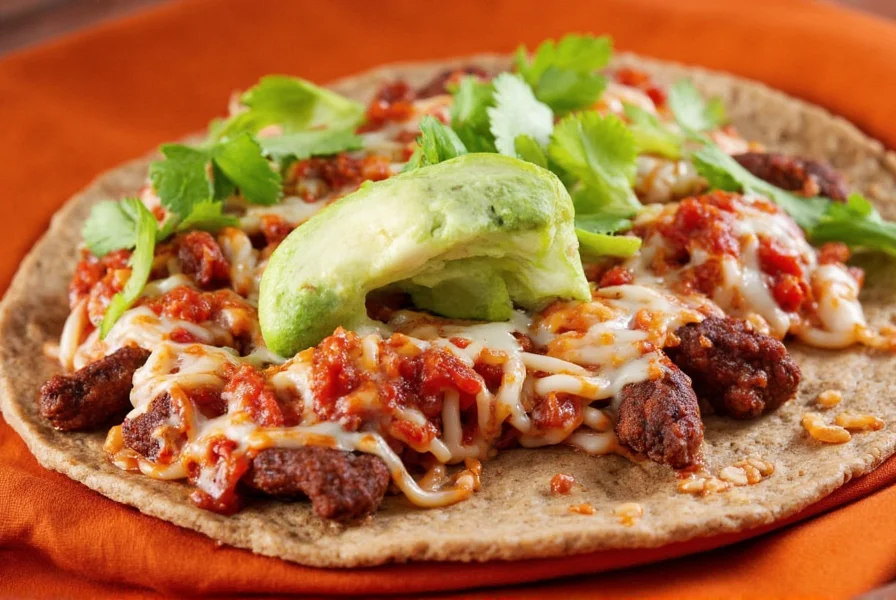
Table of Contents
- What Makes a Meal 'Authentic'?
- The Core Ingredients Behind Every Great Dish
- Spice Like a Pro: A Beginner's Guide to Mexican Seasoning
- Tortilla Talk: Corn vs Flour — Which is Right for You?
- Salsas: The Soul of Mexican Flavor
- Essential Kitchen Tools for Making Authentic Mexican Meals
- Buying Guide: Spices, Tools, and Must-Have Ingredients
- Quick Tips for Elevating Your Mexican Cooking Game
- Final Thoughts: Embrace the Flavor
What Makes a Meal 'Authentic'?
The word “authentic” gets thrown around a lot, especially when it comes to food. But when it comes to Mexican cuisine, authenticity isn’t about being perfect — it’s about intention, technique, and respect for tradition.
Mexican cooking has deep roots in indigenous Mesoamerican culture, influenced by Spanish colonization and regional diversity. True authentic Mexican meals are made using traditional methods and ingredients that have been passed down through generations.
The Core Ingredients Behind Every Great Dish
At the heart of every authentic Mexican dish are a handful of staple ingredients:
- Maíz (corn) — the foundation of tortillas, tamales, and masa
- Frijoles (beans) — a protein-packed sidekick
- Chiles — both fresh and dried, offering heat and depth
- Tomatoes & tomatillos — the base for countless sauces
- Herbs like cilantro and epazote — for bright, fresh finishes
- Lime — for balancing out rich flavors
These ingredients may seem simple on their own, but together they form the backbone of some of the most flavorful dishes in the world.
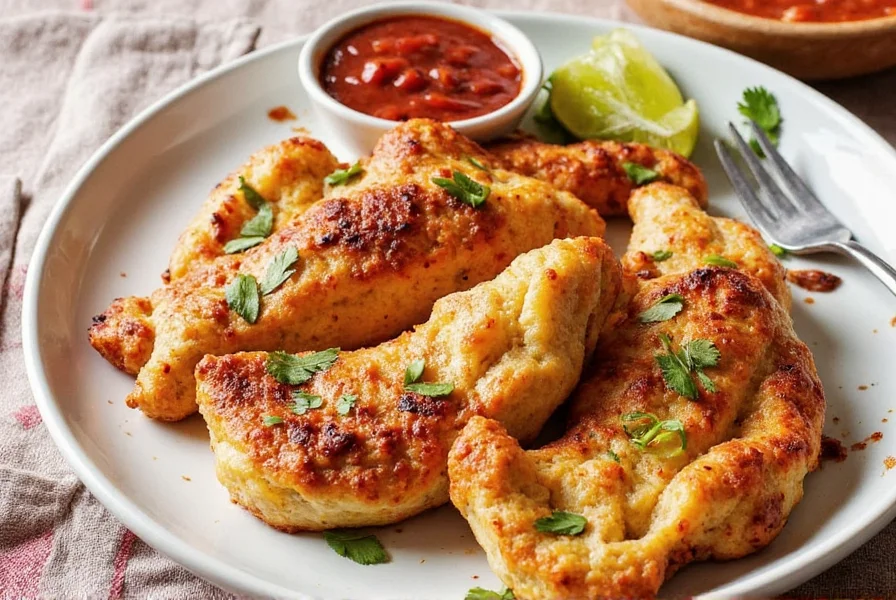
Spice Like a Pro: A Beginner's Guide to Mexican Seasoning
Mexican seasoning goes far beyond chili powder and cumin. To unlock authentic flavors, you need to understand how each spice works and how to use them correctly.
| Spice/Ingredient | Flavor Profile | Best For |
|---|---|---|
| Guajillo Chiles | Berry-like, mild heat, smoky sweetness | Sauces, marinades, soups |
| Ancho Chiles | Raisin-like, sweet, medium heat | Mole, adobo, stews |
| Chipotle Powder | Smoky, spicy, earthy | Tacos, meats, beans |
| Coriander Seeds | Citrusy, floral | Marinades, salsas, tacos al pastor |
| Oregano (Mexican) | Pungent, herbal, slightly citrusy | Bean dishes, tomato sauces, grilled meats |
| Achiote | Earthy, peppery, nutty | Yucatán dishes, cochinita pibil |
Toasting and Grinding: The Secret Step
One of the biggest differences between average and authentic Mexican meals is the step of toasting and grinding your own spices and chiles.
Toast whole chiles, garlic, seeds, and spices in a dry skillet before grinding them into a paste or powder. This enhances their natural oils and aromas, giving your dishes a deeper, more complex flavor profile.
Tortilla Talk: Corn vs Flour — Which is Right for You?
Tortillas are the unsung heroes of Mexican cuisine. They’re not just a vessel — they’re a key flavor component.
Types of Tortillas
- Maíz (Corn): Used for tacos, tamales, pupusas, and antojitos. Nutty, earthy, and gluten-free.
- Harina (Wheat Flour): Common in northern Mexico. Soft, pliable, great for burritos, quesadillas, and wraps.
Pro Tip:
When buying corn tortillas, look for ones made with nixtamalized corn. This ancient process increases calcium content and improves digestibility. If making your own, invest in quality masa harina flour and a tortilla press.
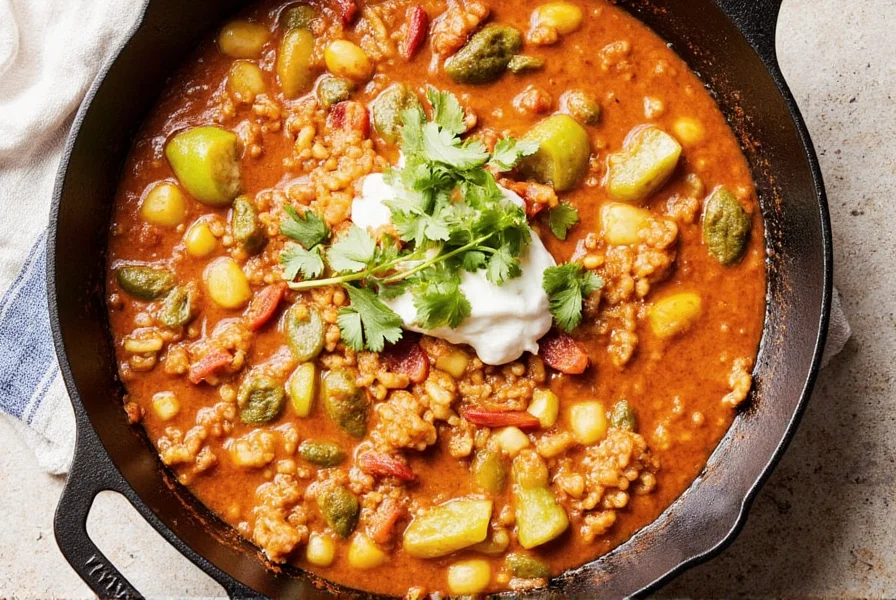
Salsas: The Soul of Mexican Flavor
In Mexico, salsa isn’t a topping — it’s the main event. Each region has its own signature style, from fiery green salsas to roasted red ones and everything in between.
| Type of Salsa | Main Ingredients | Heat Level | Perfect For |
|---|---|---|---|
| Salsa Verde | Tomatillos, green chiles, onion, cilantro | Mild to hot | Tacos, enchiladas, eggs |
| Salsa Roja | Tomatoes, red chiles, garlic, onion | Mild | Tacos, burritos, grilled meats |
| Pico de Gallo | Fresh tomatoes, onions, jalapeños, cilantro | Mild | Tacos, tostadas, chips |
| Roasted Habanero Salsa | Habaneros, tomatoes, garlic, orange juice | Very Hot | Seafood, grilled meats, adventurous eaters |
| Cholula-style Salsa | Chilies, vinegar, spices | Medium-hot | Breakfast tacos, street food |
Essential Kitchen Tools for Making Authentic Mexican Meals
You don't need a full professional kitchen to make amazing authentic Mexican meals. Just a few essential tools will get you well on your way.
- Comal: A flat griddle used for toasting tortillas, chiles, and vegetables.
- Molcajete: A volcanic stone mortar and pestle for grinding spices, chiles, and salsas.
- Tortilla Press: Helps you shape perfectly round, thin tortillas quickly.
- Cast Iron Skillet: Ideal for roasting and frying chiles, meats, and tortillas.
- Blender or Food Processor: Essential for making smooth salsas, moles, and purees.
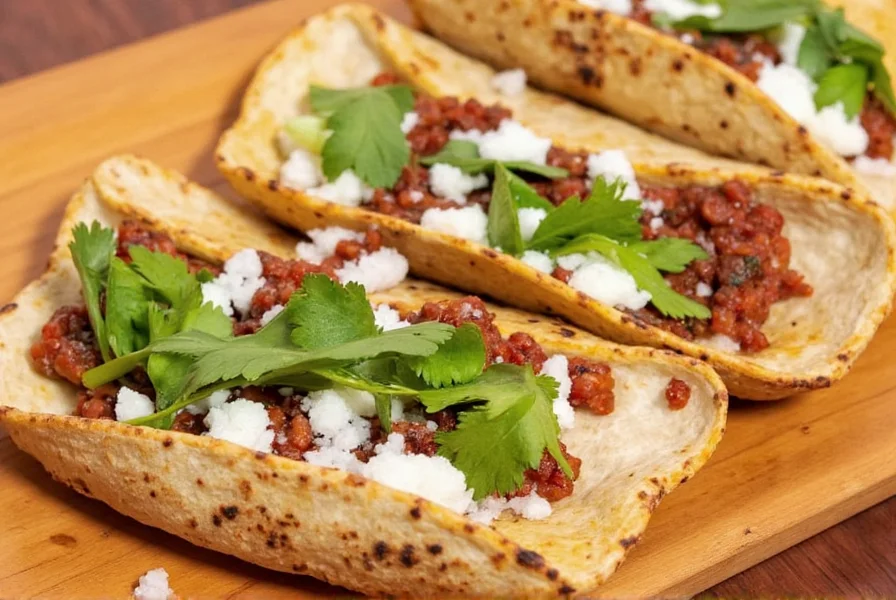
Buying Guide: Spices, Tools, and Must-Have Ingredients
Shopping for authentic Mexican ingredients can be overwhelming if you're new to the scene. Here's a curated list of products that will elevate your cooking game.
Top 5 Spice Blends and Ingredients
| Product | Features | Use Case | Best For |
|---|---|---|---|
| Maseca Masa Harina | Nixtamalized corn flour for making tortillas and tamales | Homemade tortillas, pupusas, gorditas | Beginners and pros alike |
| La Costeña Chile Guajillo Pack | Dried guajillo chiles, easy to rehydrate and grind | Salsas, moles, marinades | Those who want homemade flavor fast |
| Epazote Fresh Herb Bundle | Earthy, pungent herb with digestive benefits | Beans, soups, stews | Traditional cooks and bean lovers |
| La Morena Chipotle in Adobo Sauce | Smoked jalapeños in tangy sauce | Meat marinades, soups, dips | Anyone craving smoky richness |
| Achiote Paste | Reddish-orange spice paste with garlic and vinegar | Coat meats before slow-roasting | Yucatán fans and outdoor grillers |
Must-Have Kitchen Tools
| Tool | Features | Use Case | Best For |
|---|---|---|---|
| Cast Iron Comal | Flat, heavy-bottomed pan for toasting | Roasting tortillas, chiles, nuts | Traditionalists and DIYers |
| Clay Molcajete | Hand-carved mortar for grinding spices and salsas | Crushing herbs, chiles, salt | Cooks who love texture and authenticity |
| Aluminum Tortilla Press | Simple device for shaping tortillas | Pressing masa discs evenly | Home tortilla makers |
| High-Speed Blender | Blends even the toughest ingredients smoothly | Making mole, purees, salsas | Busy cooks and smoothie fans |
| Stainless Steel Strainer Set | For straining stocks, salsas, sauces | Creating silky textures | Perfectionists and fine dining fans |
Quick Tips for Elevating Your Mexican Cooking Game
Here are some quick, actionable tips to make your next batch of tacos or tamales feel more like they came straight from a mercado in Oaxaca:
- Warm Your Tortillas: Always heat them on a comal or dry skillet — never straight from the package!
- Layer Flavors: Build taste by sautéing aromatics first, then adding spices, liquids, and proteins.
- Don’t Skip the Lime: A squeeze of lime adds brightness and balances out richer elements.
- Add Fresh Herbs: Cilantro isn’t optional — it brings life to every dish.
- Experiment with Heat: Use different types of chiles to find your preferred level of spiciness.
- Rest Your Meats: Especially important for barbacoa or carnitas — it lets juices redistribute.
- Make Ahead: Many Mexican dishes taste better the next day as flavors deepen.
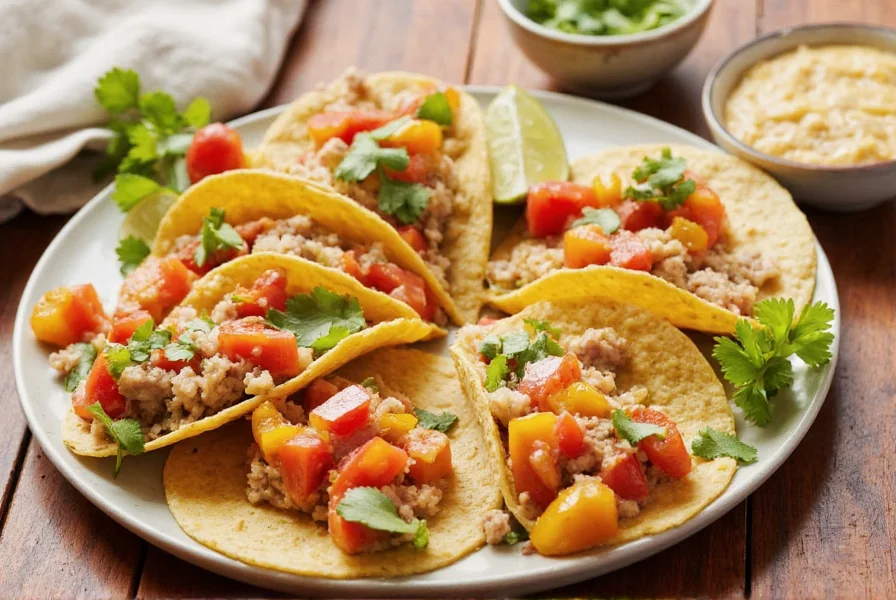
Final Thoughts: Embrace the Flavor
Crafting authentic Mexican meals at home is a joyful journey, not a race. It’s about connecting with heritage, honoring ingredients, and enjoying every bite along the way.
Whether you're hosting a taco night with friends or simply treating yourself to a bowl of pozole on a rainy evening, the essence of Mexican cooking lies in passion, patience, and a willingness to experiment.
So go ahead — fire up your comal, grind those chiles, and let your kitchen become the next stop on a delicious culinary adventure across Mexico.
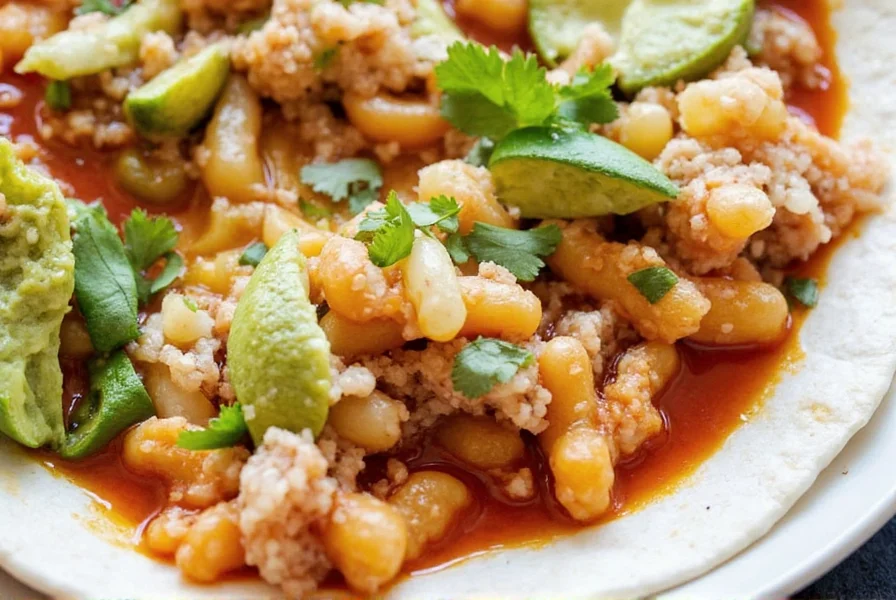










 浙公网安备
33010002000092号
浙公网安备
33010002000092号 浙B2-20120091-4
浙B2-20120091-4